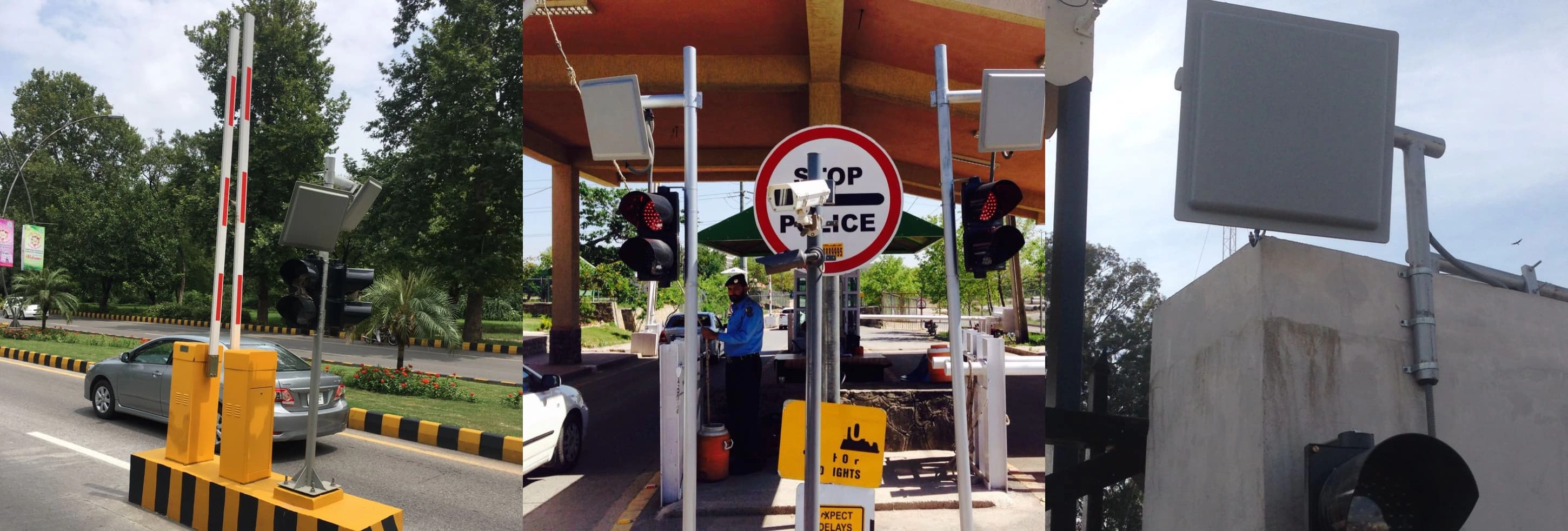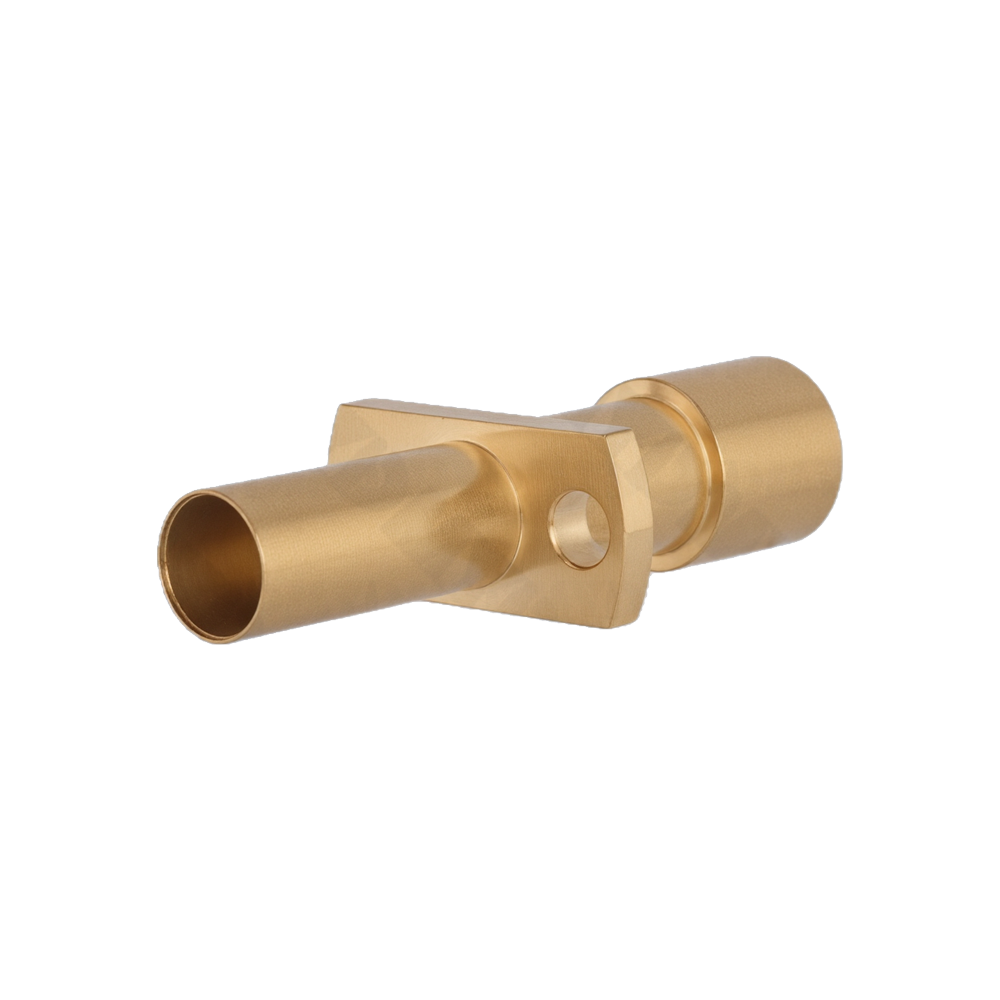In the realm of electronics, circuit boards serve as the backbone of countless devices, from simple household gadgets to complex industrial machinery. However, like any other component, circuit boards can fail, leading to malfunctions that can be frustrating and costly. Understanding how to identify a bad circuit board is crucial for technicians, engineers, and hobbyists alike. This article delves into the various signs, diagnostic techniques, and preventive measures to help you determine if a circuit board is indeed faulty.
Understanding Circuit Board Failures
Before diving into the diagnostic process, it’s essential to understand the common causes of circuit board failures. These can include:
- Physical Damage: Cracks, burns, or broken traces can disrupt the flow of electricity.
- Component Failure: Individual components such as capacitors, resistors, or integrated circuits may fail due to age, heat, or electrical stress.
- Solder Joint Issues: Poor soldering can lead to cold joints or bridging, causing intermittent connections.
- Environmental Factors: Moisture, dust, and extreme temperatures can adversely affect circuit board performance.
Signs of a Bad Circuit Board
Identifying a faulty circuit board often begins with observing the symptoms of failure. Here are some common indicators:
- Device Malfunction: If the device powered by the circuit board fails to operate correctly, this is often the first sign of a problem. Look for erratic behavior, failure to power on, or unexpected shutdowns.
- Visual Inspection: Conduct a thorough visual inspection of the circuit board. Look for:
- Burn Marks: Discoloration or charring can indicate overheating.
- Cracked Components: Any visible cracks on capacitors or ICs suggest failure.
- Corrosion: Rust or corrosion on solder joints or traces can disrupt connectivity.
- Unusual Odors: A burnt smell can indicate overheating components or burnt traces.
- Heat Generation: Excessive heat from specific components can signal failure. Use an infrared thermometer to check for hot spots.
Diagnostic Techniques
Once you’ve identified potential signs of failure, it’s time to employ diagnostic techniques to confirm the condition of the circuit board.
- Multimeter Testing: A multimeter is an essential tool for diagnosing circuit board issues. Use it to:
- Check Voltage Levels: Ensure that voltage levels at various points match the expected values.
- Test Continuity: Check for continuity across traces and components to identify breaks or shorts.
- Oscilloscope Analysis: For more advanced diagnostics, an oscilloscope can help visualize signal integrity. Look for:
- Signal Distortion: Irregular waveforms can indicate component failure.
- Noise Levels: Excessive noise can affect performance and indicate underlying issues.
- Functional Testing: If possible, replace suspected faulty components and test the circuit board in a controlled environment to see if the issue persists.
- Thermal Imaging: A thermal camera can help identify overheating components that may not be visible during a standard inspection.
Preventive Measures
Preventing circuit board failures is often more cost-effective than diagnosing and repairing them. Here are some strategies to consider:
- Proper Handling: Always handle circuit boards with care to avoid physical damage. Use anti-static wrist straps to prevent ESD (Electrostatic Discharge).
- Environmental Control: Keep circuit boards in controlled environments to minimize exposure to moisture, dust, and extreme temperatures.
- Regular Maintenance: Schedule regular inspections and maintenance to catch potential issues before they escalate.
- Quality Components: Invest in high-quality components and materials to reduce the likelihood of failure.
Conclusion
Identifying a bad circuit board is a multifaceted process that requires a keen eye for detail and a solid understanding of electronic principles. By recognizing the signs of failure, employing effective diagnostic techniques, and implementing preventive measures, you can significantly enhance the longevity and reliability of your electronic devices. Whether you are a seasoned technician or a DIY enthusiast, mastering these skills will empower you to tackle circuit board issues with confidence and precision.



